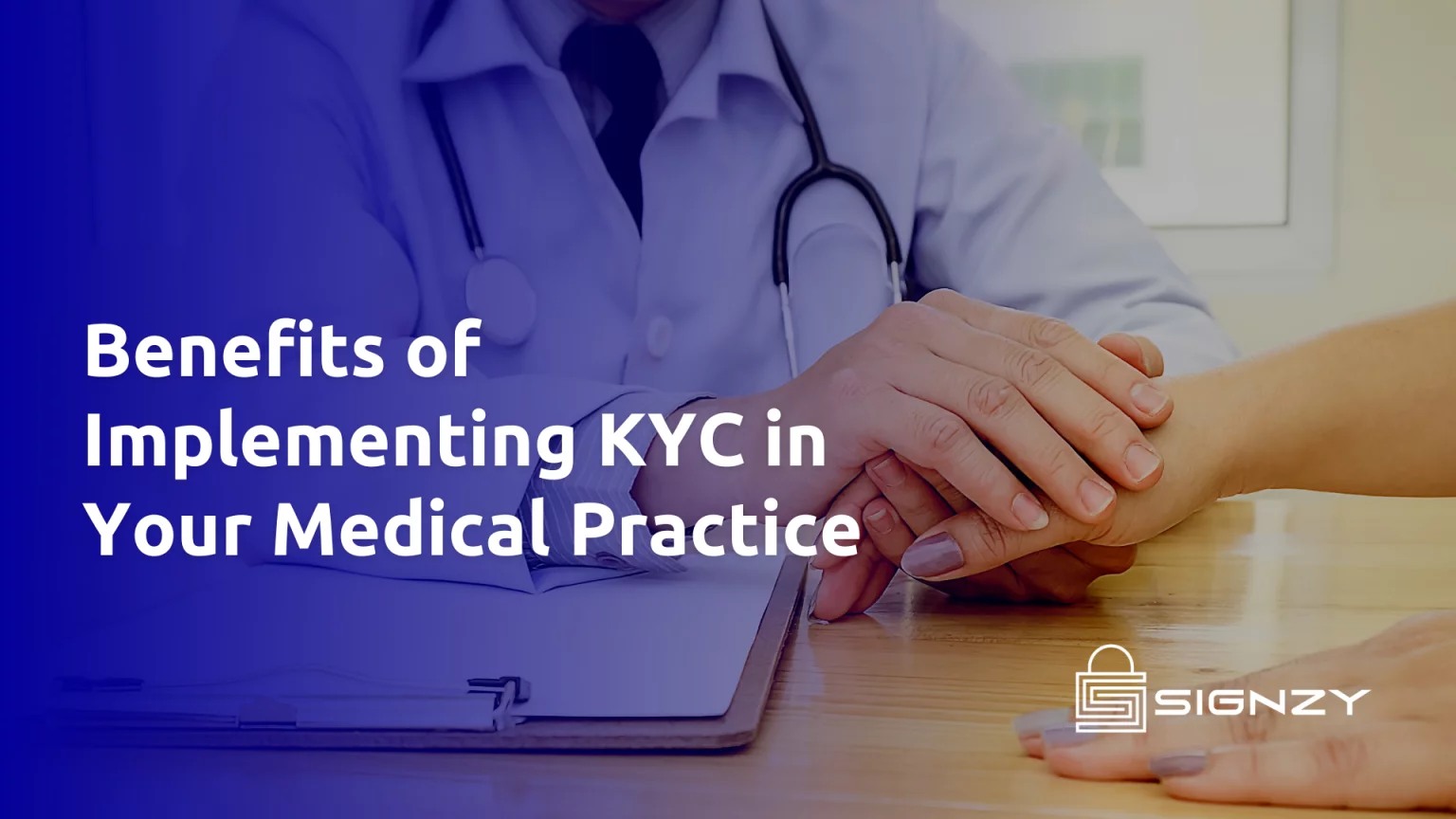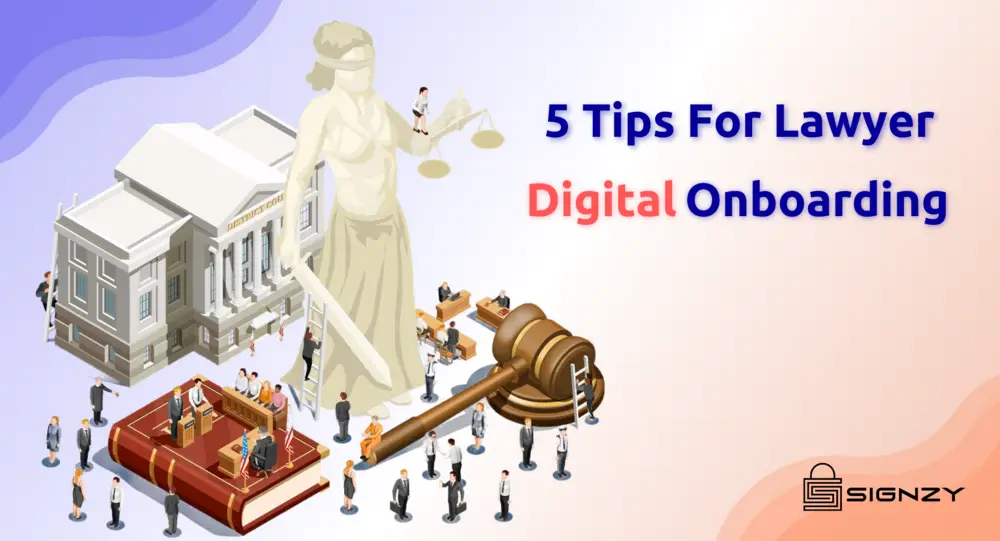According to Ernst and Young, India’s fertility market and IVF procedures saw a 20% increase during the last five years. But what is such news doing on a fintech page? Shouldn’t this be on a health blog?
Well, as technology spreads across all platforms, it also enhances healthcare. This time, it’s in ways where we not only preserve but create life. But it has many bureaucratic hurdles. Currently, the government has made verification of participants mandatory for any such medical procedures.
Where verification is necessary, Digitization becomes inevitable.
IVF And Surrogacy In India
Compared to the approximately 2.5 million cycles per annum globally, only 0.2 to 0.25 million IVF cycles are performed annually in India. But the future looks vibrant for the sector as the Indian fertility Industry was valued at more than $746 million in 2021. It is projected to reach $1,453 million by 2027 with 5-6 lakhs IVF cycles. In short, the IVF market is growing fast.
On the other hand, estimates show that more than 25,000 children are now being born through surrogates in India annually in an industry worth $2 billion. Hence both alternatives are in high demand in the country.
Why Do IVF And Surrogacy Need Digitization?
Aadhaar card and other identification documents are mandatory to avail of any service at ART/IVF centers. In addition, donors must also be registered with the Pre-Natal Diagnostic Techniques Act (PCPNDT) Cell. Such requirements enhance genuineness in parents who approach clinics for IVF and surrogacy.
But the primary issue with such measures is the hurdles it creates for potential parents. If anything, such procedures make the entire process onerous.
Digitization and technological resources can resolve this with simple and seamless digital tools. Moreover, it can make the process faster and easily accessible. Hence, the adoption of newer methods enhances medical procedures.
How To Digitize IVF And Surrogacy
If any person is looking for IVF, surrogacy, or any other form to have a child and wants to undergo the process, they need to share the Aadhar and PAN, and hospitals must verify the document.
In such scenarios, we can use the Application Programming Interface(API)I resource to process the soft copies of the required documents. APIs can collect and verify if couples seeking IVF are genuine and donors and surrogates and not volatile. With consent, it can also confirm if the parties involved have had any previous medical conditions that must be disclosed.
Additionally, it can be used not solely for Aadhaar verification but also for PAN and other document verifications to create a better picture of the involved parties for the associated hospital or clinic.
Where To Find Help To Digitize
If you are seeking IVF/surrogacy services, opt for the ones offering digitized interaction, as this usually helps maintain a safer approach. In addition, it ensures fortified data and reduces fraudulent practices.
Unfortunately, clinics and hospitals adapting to the technological demand are less in number or too slow at it. If you represent an enterprise that offers such services, you certainly will benefit from our products. At Signzy, we make sure that we provide the apt resources for digitizing your processes. We can make all your verifications seamless and automated.
About Signzy
Signzy is a market-leading platform redefining the speed, accuracy, and experience of how financial institutions are onboarding customers and businesses – using the digital medium. The company’s award-winning no-code GO platform delivers seamless, end-to-end, and multi-channel onboarding journeys while offering customizable workflows. In addition, it gives these players access to an aggregated marketplace of 240+ bespoke APIs that can be easily added to any workflow with simple widgets.
Signzy is enabling ten million+ end customer and business onboarding every month at a success rate of 99% while reducing the speed to market from 6 months to 3-4 weeks. It works with over 240+ FIs globally, including the 4 largest banks in India, a Top 3 acquiring Bank in the US, and has a robust global partnership with Mastercard and Microsoft. The company’s product team is based out of Bengaluru and has a strong presence in Mumbai, New York, and Dubai.
Visit www.signzy.com for more information about us.
You can reach out to our team at reachout@signzy.com.








